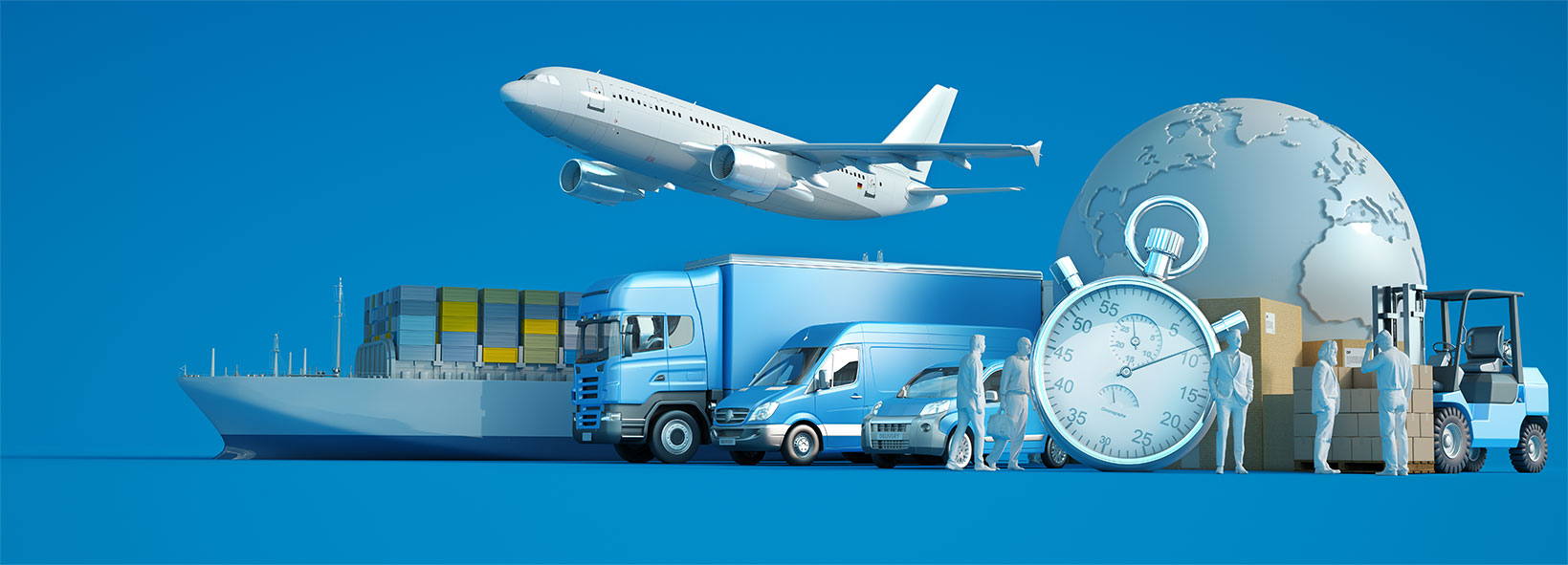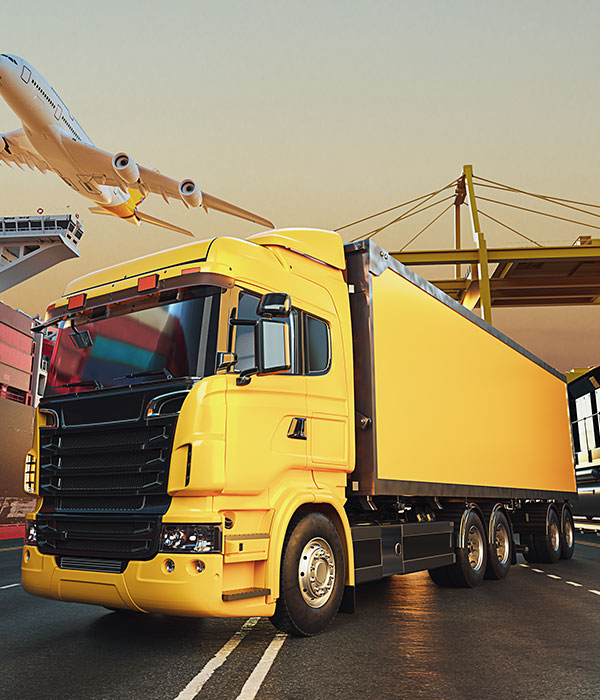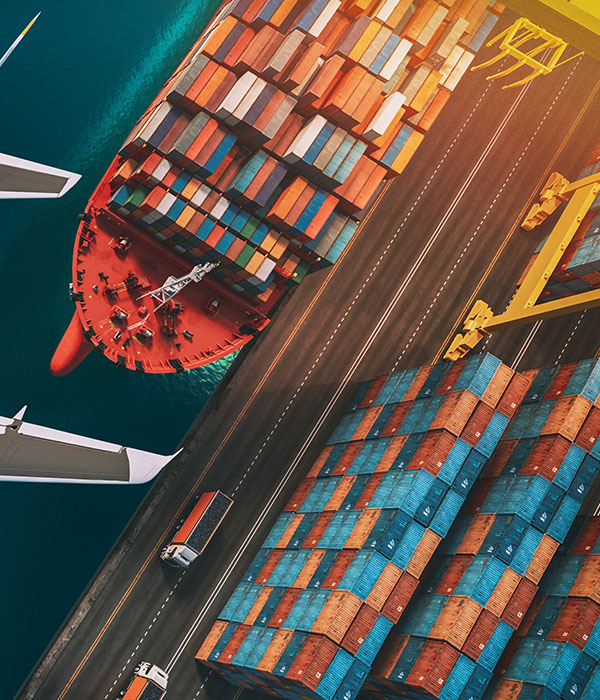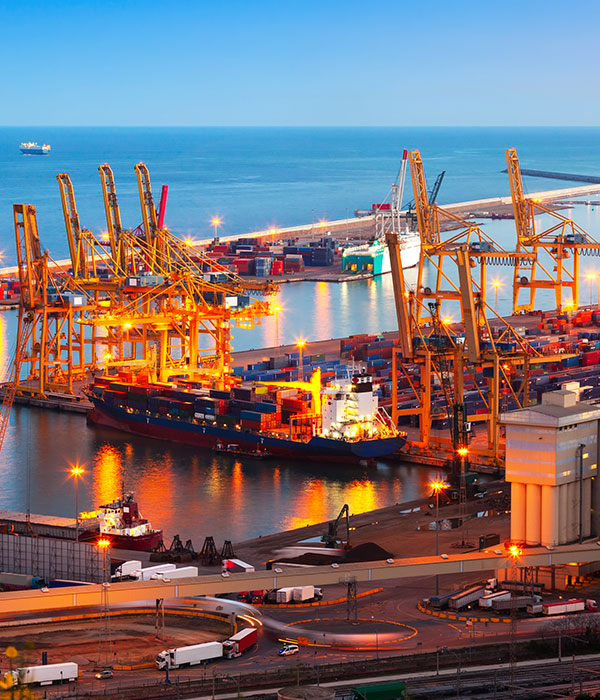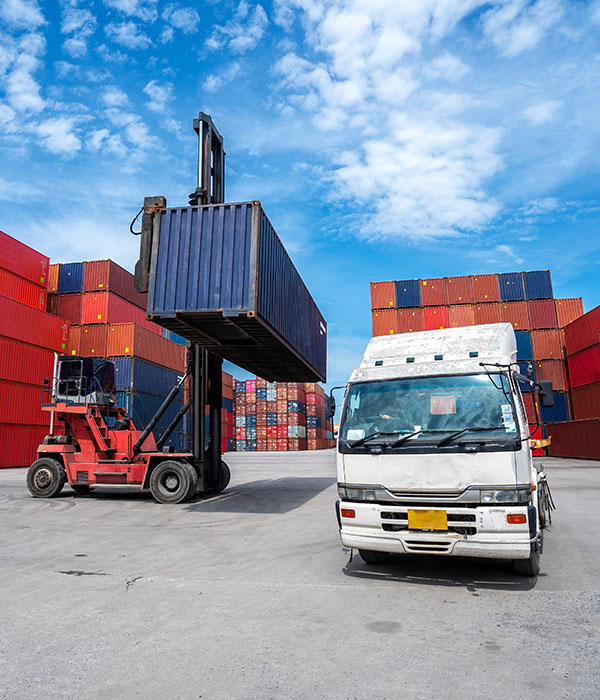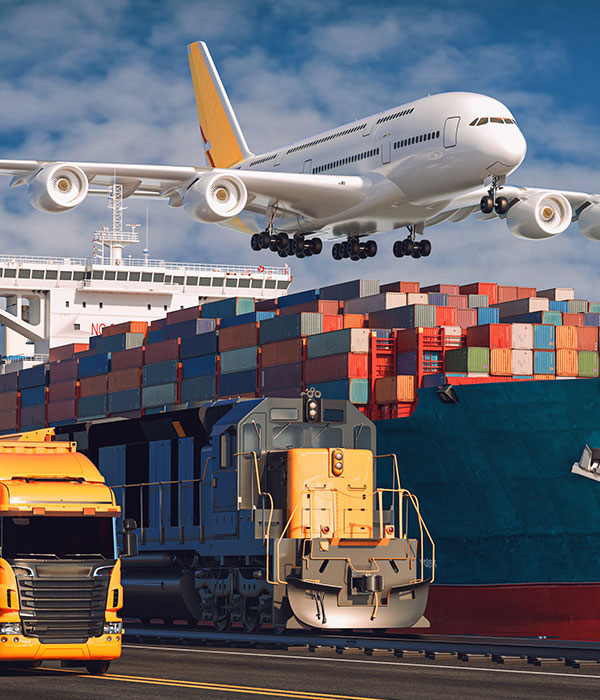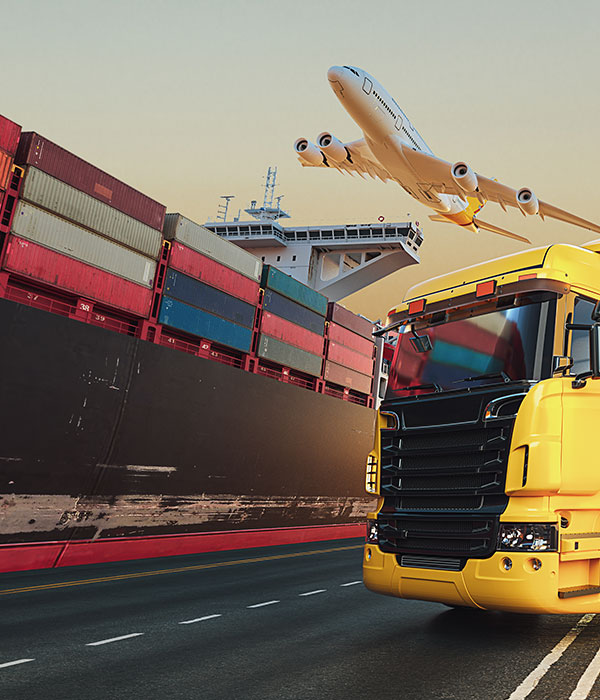Add a new channel to the export of photovoltaic goods in China!
On January 8,2024, a freight train carrying 78 standard containers departed from Shijiazhuang International Inland Port, headed for Tianjin Port, and then transported abroad by container ship. This is the first photovoltaic train for sea-rail combined transport issued by Shijiazhuang land port.
This special train is loaded with photovoltaic modules worth more than 33 million yuan. After the goods arrive in Tianjin Port, they will be quickly lightered to container ships and shipped to Portugal, Spain and other countries.
Because of its large volume and high added value, photovoltaic modules have higher requirements for transportation safety and stability. Compared with road transportation, railway trains are less affected by weather, have larger capacity, and the transportation process is efficient and stable. Such characteristics can improve the transportation efficiency of photovoltaic modules, reduce logistics costs and achieve high-quality product delivery.
In recent years, there are more and more kinds of goods transported by sea-rail combined transport in China. With the accelerated development of import and export trade, the "sea-rail combined transport" transportation mode has gradually expanded its development scale under the positive effect of environment and policies, and has become one of the important symbols of modern transportation.
Sea-rail intermodal transport, as a "multimodal transport", is a comprehensive logistics transportation mode, which combines two different transportation modes: sea transportation and railway transportation, and realizes the operation of "one declaration, one inspection and one release" in the whole transportation process, so as to carry out more efficient and economical cargo transportation. This mode usually transports goods from the place of production or supply to the target port by sea, and then transports goods from the port to the target place by railway transportation.
Compared with the traditional logistics mode, sea-rail combined transport has the advantages of large transportation capacity, short time, low cost, high safety, environmental protection, etc. It can provide customers with door-to-door, point-to-point and whole-process "one box to the end" service, and truly realize mutual cooperation and mutual benefit.
我国光伏货物出口再添新通道!
2024年1月8日,一辆载有78个标准集装箱的货运列车,从石家庄国际陆港出发,驶向天津港,随后经由集装箱船运送至国外,这是石家庄国际陆港首次发出的海铁联运光伏专列。
据悉,这趟专列整列装载货值3300多万元的光伏组件。货物运抵天津港后,将快速驳运至集装箱船上,运往葡萄牙、西班牙等国家。
由于光伏组件因其体积庞大、附加值高,对运输的安全性和稳定性有更高的要求。相对于公路运输,铁路专列受天气影响较小,具有较大运力,而且运输过程高效稳定。这样的特性能够有效提升光伏组件的运输效率,减少物流成本,实现高质量的产品交付。
不仅是光伏组件,近年来,我国通过海铁联运方式运输的货物品类越来越丰富。随着进出口贸易的加速发展,“海铁联运”运输模式在环境与政策的积极作用下,发展规模逐渐扩大,已然成为现代运输的重要标志之一。
海铁联运,是“多式联运”,是一种综合性的物流运输模式,结合了海运和铁路运输两种不同的运输方式,实现了在整个运输过程中只需进行“一次申报、一次查验、一次放行”的操作,以进行更高效、更经济的货物运输。该模式通常将货物从生产地或供应地通过海运运输至目标港口,然后再通过铁路运输将货物从港口运送至目标地点。
相较于传统物流模式,海铁联运具有运能大、时间短、成本低、安全性高、环保等优势,能为客户提供门到门、点对点、全过程“一箱到底”服务,真正实现了相互合作、互利共赢。



